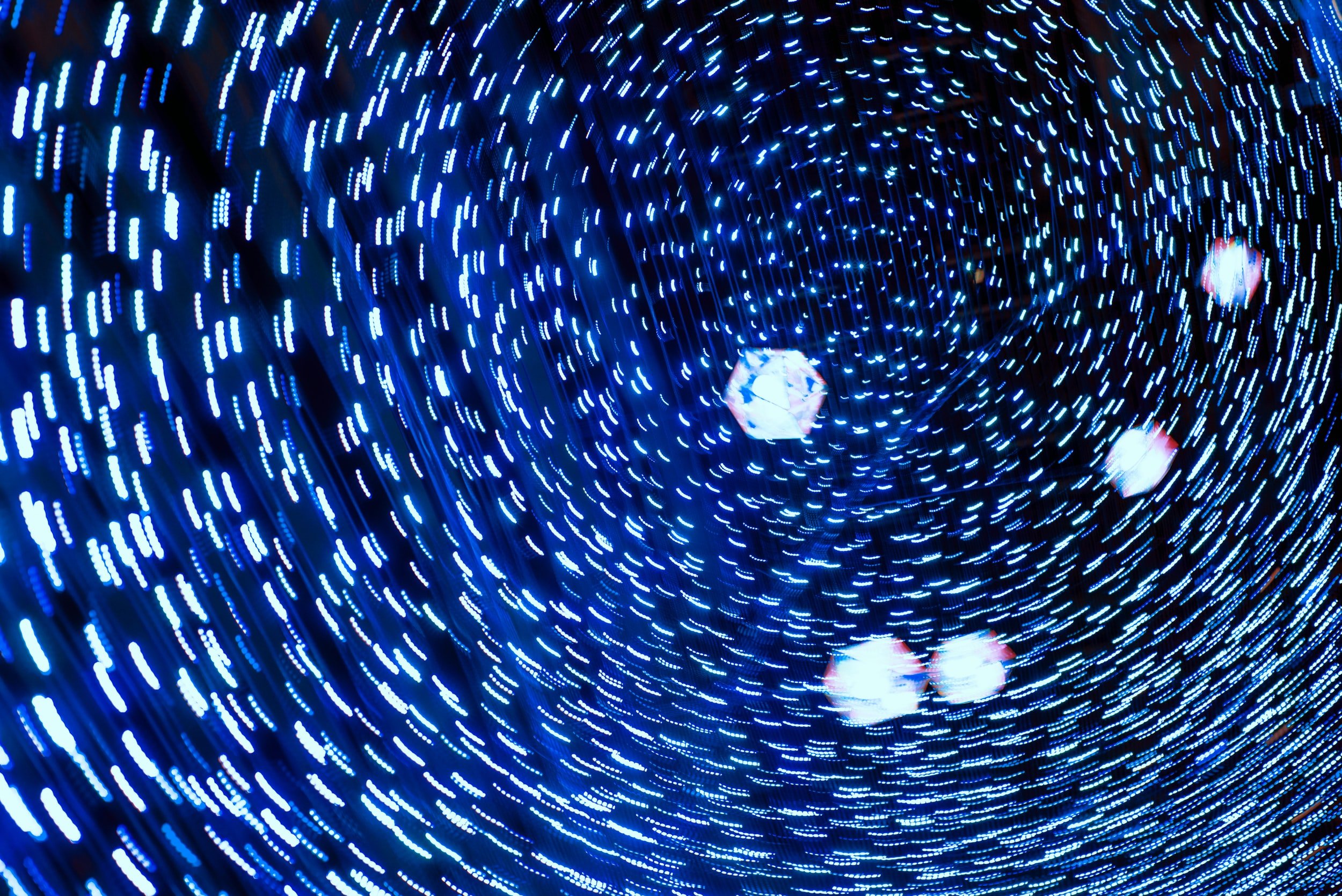WHAT IS THE BEST TREATMENT FOR VERTIGO?
vertigo
Have you ever had dizziness and been diagnosed with vertigo? What exactly does that mean? What kind of medical professional do I need?
WHAT IS THE VESTIBULAR SYSTEM?
Basically, the vestibular system is made up of a pair of sensory organs in the inner ear. They sit in the temporal bone, immediately behind the ear, and are about the size of a dime. The vestibular organs work as a pair of gyroscopes that measure how much we move our head and send messages to the body in order not to fall over; thus maintaining balance as we move around. The inner ear vestibular system works in conjunction with the visual system and somatosensory system (what we touch) to give us precision in balance.
As a result, of any one of the three systems malfunctioning, dizziness can occur. For example, if a person has suffered a concussion and they have double vision they may experience headaches and imbalance. Furthermore, if a person has a vestibular Meniere’s Disease attack, they will have hearing loss and vertigo 20 minutes to hours long. Patients experience a wide array of symptoms ranging from spinning to lightheaded to just “feeling off” so, a thorough evaluation should include a few categories.
HOW DO YOU EVALUATE DIZZINESS?
Vestibular Rehabilitation Therapy (AKA VRT) is the study and treatment of the vestibular system of balance. VRT is the best treatment for vertigo (dizziness). There are 4 different subsets of treatment in VRT.
Adaptation
Habituation
Substitution
Canalith Repositioning Techniques
Adaptation
Adaptation is the exercise of allowing the Vestibulo-Ocular Reflex (VOR) to improve its speed and communication with the brain to keep the vision stable with movement. This is the foundation of VRT and allows the brain to compensate for reduced inner ear input on one side.
Habituation
Habituation is the desensitization of a movement that produces dizziness when there are no other causes of dizziness to that movement. Basically, allowing the brain to “get used” to the movement.
Substitution
This involves using a different sensory system to improve your balance and reduce dizziness. For example, fixating your eyes on a target in the horizon to give you balance as you walk.
Canalith Repositioning
CRP, a canalith repositioning procedure, is reserved for the treatment of BPPV, or Benign Paroxysmal Positional Vertigo, otherwise known as ear crystals. Different methods include Epley, Semont, BBQ, and more.
What does an Evaluation Consist of?
First, what is the tempo? Was the onset progressive or spontaneous? Second, what is the duration? Are the symptoms seconds, minutes, or hours? Third, what are the symptoms? Does a person feel off or spinning? Do they have tinnitus and hearing loss? Lastly, do the symptoms come in spells or are they continuous? Identifying all of these components helps lead to the correct diagnosis and an effective rehab program.
In conclusion, a medical professional like a certified physical therapist who specializes in the area of vestibular therapy can help a patient achieve a quicker recover with an accurate therapy diagnosis.
Custom Care Rehab provides in-home mobile physical therapy in Northeast Ohio. If you are not in Ohio, you might be able to find a provider in your region by searching the national directory HERE.


